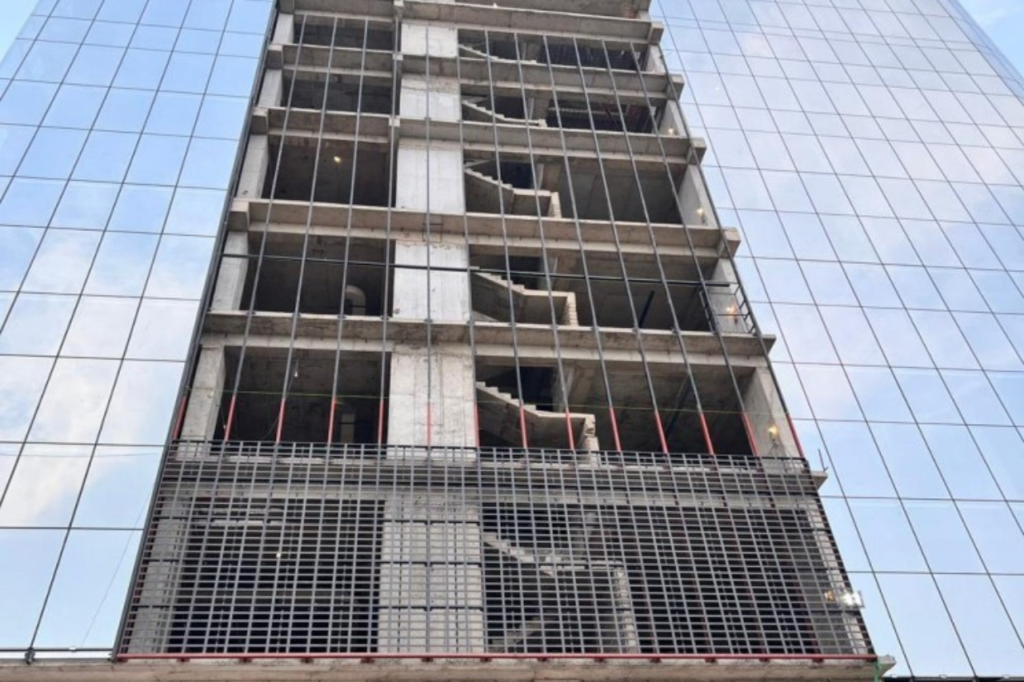Indoor LED displays have become an essential tool for businesses, entertainment venues, and educational institutions. They offer bright, high-quality visuals perfect for a variety of indoor settings. However, to ensure the longevity and performance of an LED display, certain precautions should be followed. From installation to regular maintenance, taking the right steps can prevent damage and extend the life of your LED display. Let’s explore the key precautions to keep in mind when working with indoor LED displays.
1. Proper Installation Location
The first precaution when setting up an indoor LED display is choosing the right location. Indoor environments can still present challenges such as exposure to moisture, dust, or extreme temperatures. It’s important to install the LED display in a location that minimizes these risks. Avoid areas near entrances where the display might be exposed to outdoor elements or in locations prone to temperature fluctuations like heating vents.
Additionally, ensure the screen is installed at a height that avoids accidental contact or damage. For high-traffic areas, it is crucial to position the LED display out of reach of people passing by to reduce the risk of knocks or bumps.

2. Ensure Proper Ventilation
Indoor LED displays generate heat during operation, so proper ventilation is crucial to prevent overheating. Without sufficient airflow, excessive heat can damage the internal components of the LED display. Make sure that the display has adequate space around it for air to circulate, especially if it’s installed in an enclosed space.
For large LED displays, incorporating cooling systems like fans or air conditioners may be necessary to keep the operating temperature within safe limits. Regular checks should be made to ensure that ventilation systems are functioning properly.
3. Prevent Moisture Exposure
Although LED displays are primarily used indoors, moisture can still pose a threat. Locations such as restaurants, gyms, or swimming pools can have higher humidity levels, which may affect the performance of the display. Moisture can lead to electrical shorts, screen malfunctions, or permanent damage to sensitive electronic components.
To prevent moisture damage, always ensure the LED display is installed in a dry environment. If the display is in an area where humidity is higher, you might need to use protective enclosures or dehumidifiers to keep the surrounding environment stable.
4. Regular Cleaning
Dust accumulation on an indoor LED display can significantly reduce its brightness and clarity. Regular cleaning is necessary to maintain the visual quality of the display. However, improper cleaning methods can damage the screen. Always use a soft, dry cloth to wipe off dust and avoid using harsh chemicals or abrasive materials that can scratch the surface or damage the LEDs.
For deep cleaning, consult the manufacturer’s guidelines. In some cases, using a mild cleaning solution specifically designed for electronic screens is acceptable. Always ensure the display is powered off before cleaning to prevent electrical shock or component damage.
5. Stable Power Supply
A stable and uninterrupted power supply is critical for the proper functioning of an LED display. Power surges or voltage fluctuations can cause the display to malfunction or suffer permanent damage. To avoid these issues, it’s advisable to use surge protectors or uninterruptible power supply (UPS) systems that regulate the power going to the LED display.
Moreover, always follow the manufacturer’s power recommendations, including ensuring the correct voltage and current levels are provided to the display. This precaution will help protect the internal components from unnecessary stress or damage.
6. Regular Maintenance
Routine maintenance is necessary to ensure the longevity of your LED display. This includes checking the connections, inspecting for any loose wiring, and ensuring that all components are functioning correctly. Regular software updates may also be required to keep the display performing at its best.
Schedule periodic inspections by qualified professionals who can detect and resolve any potential issues before they become major problems. Regular maintenance will help extend the life of your LED display and ensure optimal performance over time.
7. Proper Content Management
The type of content displayed on an indoor LED display can also affect its longevity. For example, displaying static images for extended periods can lead to image retention or burn-in, where a faint imprint of the static content remains on the screen even after it has changed. To avoid this, it’s recommended to regularly refresh the content or use motion graphics to keep the pixels active and prevent burn-in.
Moreover, using high-contrast content over a long period may strain the LEDs and reduce their lifespan. Be mindful of brightness settings and avoid running the display at maximum brightness for long durations unless absolutely necessary.
By following these precautions, you can ensure that your indoor LED display remains in excellent condition and provides high-quality visuals for years to come. From choosing the right installation location to regular cleaning and maintenance, each step plays an important role in the longevity and performance of the display. By protecting your investment and using it properly, you’ll be able to maximize the benefits of your LED display in any indoor environment.